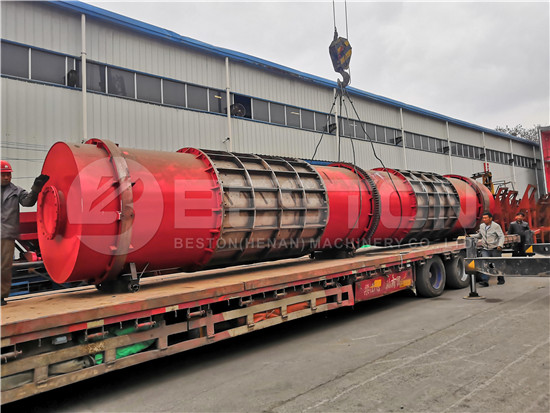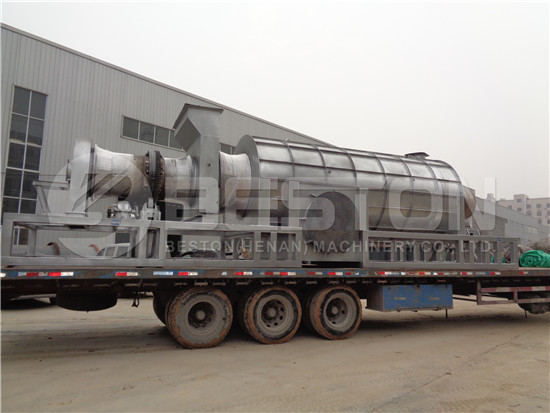Charcoal is nothing more than the residue from the process of going through carbonization, also known as biomass pyrolysis. This is done through a process of heat, absent the combustion process, therefore allowing the physical component to be burned at a later time. An example of this would be placing organic waste into a biochar reactor. The physical byproduct will be charcoal. There is more to this process which will now discuss.

How Is Charcoal Made?
At a very basic level, a tree can be chopped down, or organic material can be placed into a mold or a covered so that oxygen cannot burn it thoroughly through. Once this is done, the physical dark matter is solid, and this will be the charcoal. This is what many countries do with that have access to forests where they can slash and burn them for this purpose. However, from a recycling perspective, the use of material such as coconut shells, wood, etc. can be used in a similar manner. These are chipped up into smaller pieces and placed into a biomass pyrolysis machine. Then the continuous carbonization furnace from Beston Machinery will work automatically. After 15 to 20 minutes, you can get charcoal from the discharging system. Here is a video for your reference.
Do You Need A Biomass Pyrolysis Machine To Do This?
It does speed up the process of breaking down materials that can eventually become some form of charcoal. If you were to use organic material, for example, you would not need a machine and it could take about eight hours to complete the process. However, when you are working with materials, these need to be placed inside of a machine that has a biomass pyrolysis reactor where this chemical process can be induced. Within hours, you could have a substantial amount of charcoal ready to use, or ready to ship to customers that will purchase: https://bestonasia.com/palm-kernel-shell-charcoal-making-machine/.
What Is The Best Process For Making The Charcoal?
The best process is to use an entire system that will include a machine that can perform carbonization. You will have a device that will break down the initial materials into smaller components. These will be placed into the reactor, and after a period of time, the charcoal will be produced. These will then be placed into a storage facility for later use or to prepare for shipping. Here is a picture of the shipping of Beston palm kernel shell charcoal making machine to Ghana.

Without the advance of the biochar pyrolysis reactor, the production of charcoal would be quite slow. You would also be limited to using organic materials. Fortunately, technology has made it possible to convert organic waste into charcoal in a very minimal amount of time. Although these can be expensive, they will more than pay for themselves with your initial investment in the span of just a few years. You can choose from very large charcoal processing machine, all the way down to smaller biochar pyrolysis machines designed for individual use. These can make a huge difference when it comes to protecting the environment from problems caused by landfills.